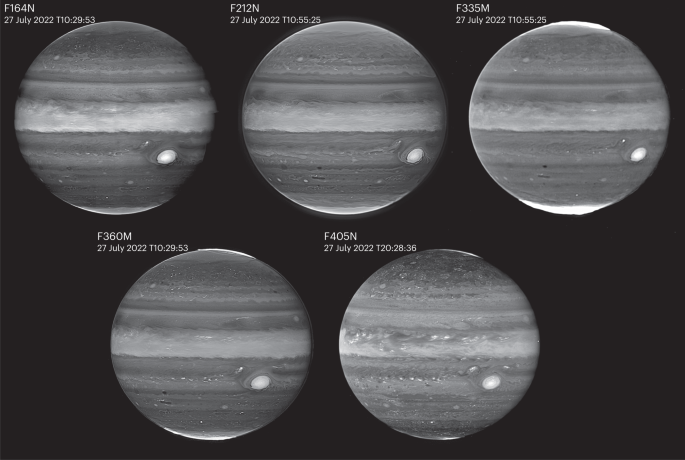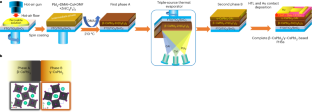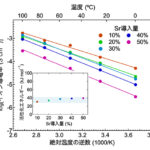2023-10-19 宇宙望遠鏡科学研究所
◆この研究は、木星の大気の異なる高度での小さな特徴の変化を検出するためのウェブの新たなメソッドについて説明しており、これによりウェブは高い効率で追跡できることが示されました。ウェブの観測によって、このジェット気流が地球上のカテゴリー5ハリケーンの風速の2倍にあたる320マイル/時で移動することが明らかになりました。
◆ウェブのデータとHubble望遠鏡のデータを組み合わせて、ジュピターの大気の高高度層と低层層の風の速度変化を測定しました。今後の観測では、このジェットの速度と高度がどのように変化するかが確認されます。
<関連情報>
- https://webbtelescope.org/contents/news-releases/2023/news-2023-147
- https://www.nature.com/articles/s41550-023-02099-2
JWSTが観測した木星下部成層圏の強烈で狭い赤道ジェット An intense narrow equatorial jet in Jupiter’s lower stratosphere observed by JWST
Ricardo Hueso,Agustín Sánchez-Lavega,Thierry Fouchet,Imke de Pater,Arrate Antuñano,Leigh N. Fletcher,Michael H. Wong,Pablo Rodríguez-Ovalle,Lawrence A. Sromovsky,Patrick M. Fry,Glenn S. Orton,Sandrine Guerlet,Patrick G. J. Irwin,Emmanuel Lellouch,Jake Harkett,Katherine de Kleer,Henrik Melin,Vincent Hue,Amy A. Simon,Statia Luszcz-Cook & Kunio M. Sayanagi
Nature Astronomy Published:19 October 2023
DOI:https://doi.org/10.1038/s41550-023-02099-2

Abstract
The atmosphere of Jupiter has east–west zonal jets that alternate as a function of latitude as tracked by cloud motions at tropospheric levels. Above and below the cold tropopause at ~100 mbar, the equatorial atmosphere is covered by hazes at levels where thermal infrared observations used to characterize the dynamics of the stratosphere lose part of their sensitivity. James Webb Space Telescope observations of Jupiter in July 2022 show these hazes in higher detail than ever before and reveal the presence of an intense (140 m s−1) equatorial jet at 100–200 mbar (70 m s−1 faster than the zonal winds at the cloud level) that is confined to ±3° of the equator and is located below stratospheric thermal oscillations that extend at least from 0.1 to 40 mbar and repeat in multiyear cycles. This suggests that the new jet is a deep part of Jupiter’s Equatorial Stratospheric Oscillation and may therefore vary in strength over time.



